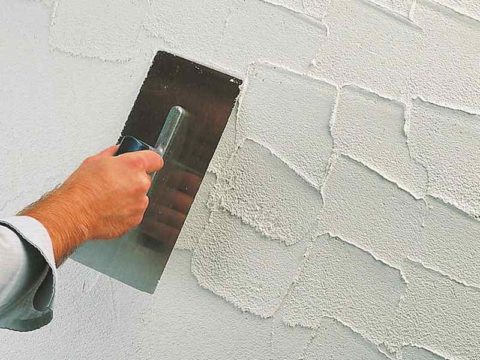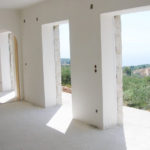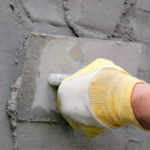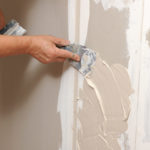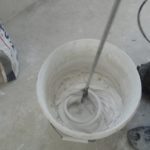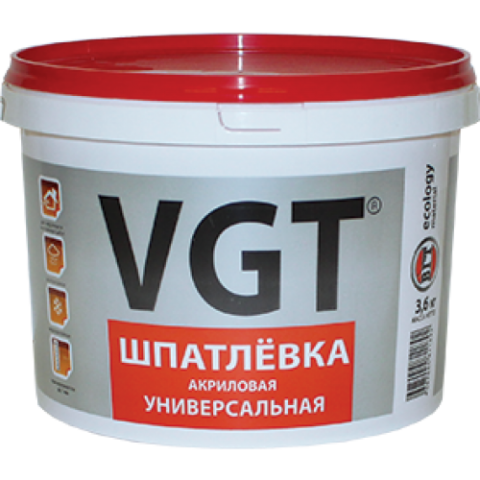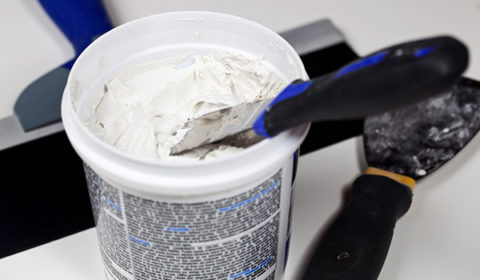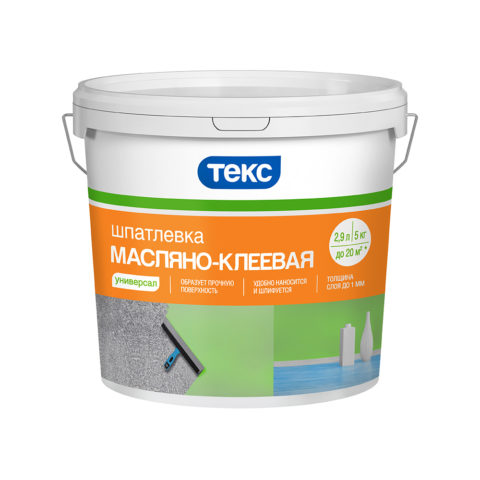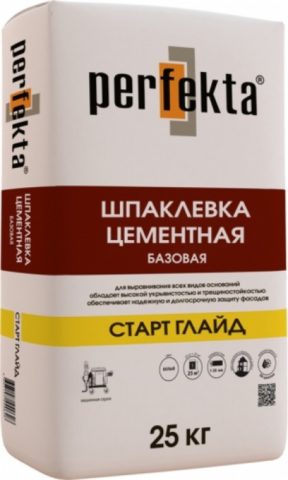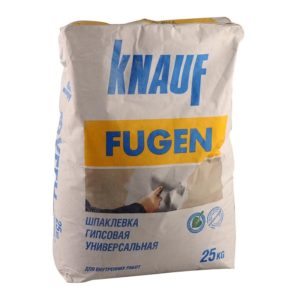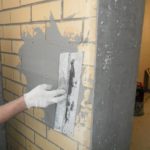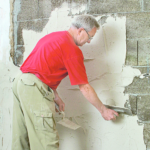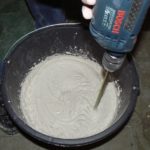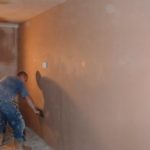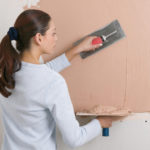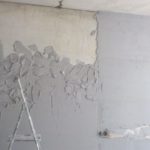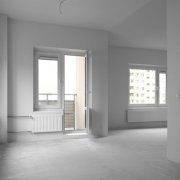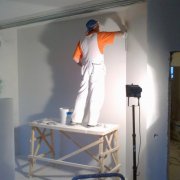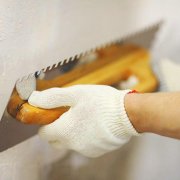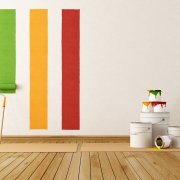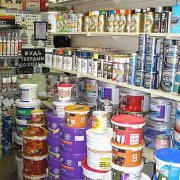Which putty is best for walls: the basics of choice for interior decoration
To achieve the ideal decorative properties of the finishing walls in the apartment, when it comes to painting or sticker wallpaper, the best choice is the right putty. Fillings are finishing, starting and universal - in exact accordance with the stage of finishing. Fillings also differ in the composition of the main component - polymer, cement, gypsum and others.
In addition, the filler compounds may vary in compatibility with the surface material of the wall. So, we will consider which putty is better for the walls of rooms, what their types are, how they differ and in what cases they are used.
The content of the article
Types of putty for walls
The choice of putty for walls should be based not only on the composition of the components of the mixture, the finished consistency and its applicability to the surface of a particular material, but also on the stage of the putty process. Only a properly selected putty can significantly mask cosmetic defects of the previous finish, and prepare the surface of the wall under finish finish (painting, whitewashing or wallpapering).
- Wall Putty
- Wall Putty
- How to put putty on walls
- Dry putty preparation
Table of types of putty for the finishing stage:
| View | Characteristics |
| Start | Starting putty serves to align defects and wall curvature. It is used as the basis for subsequent layers of finishing putty. It is applied in a thick layer to the plastered or non-plastered surface of the wall. |
| Finish line | Finishing putty Designed to give the wall a finished look. It is used to give the surface a perfectly smooth smooth layer with the necessary set of properties (increased adhesion, reduced consumption of finishing material). Superimposed in a thin layer. |
| Universal | It can be used both as a starting and finishing putty. |
Table of types of putties by composition:
| Type of putty | Properties / Pros and Cons |
| Acrylic | Acrylic fillings for wallsDue to their high resistance, they are often used for interior decoration. Pros:
Minuses:
|
| Water-dispersion (polymer) | The basis of putty mixtures are aqueous solutions of polymeric materials. Advantages:
Disadvantages:
|
| Oil-glue | This type of wall putty has an oil base and is ideal as a finish before painting walls with oil paint or varnish. Advantages:
Disadvantages:
|
| Cement | The basis of the putty is a sand-cement mixture. It is well suited as a universal finish for brick / concrete / stone walls in rooms with a high level of atmospheric humidity. Disadvantages:
|
| Gypsum | The basis is used gypsum. Suitable for indoor with low humidity. It does not shrink and reliably insulates the room. Disadvantages:
|
Note! When buying putties for walls, be sure to read the information on the packaging. This can avoid many misunderstandings and unnecessary expenses.
How to choose a putty
Now, knowing the types of putty and their basic properties, you can safely proceed to the selection (see Types of putty: we will understand everything) However, before finally resolving the issue of how to choose a putty for the walls of an apartment, house, office or other premises, it is necessary to consider important nuances.
The video in this article shows how to choose a putty for walls in interior decoration.
Dry mix or finished composition
All modern types of putty for walls are sold either in finished form or in the form of a dry mixture. The first is ready for use, the second must be diluted, for which the corresponding instructions are attached to the packaging. The finished mixture is sold in buckets with a volume of 5-25 liters, and it can be used immediately on the prepared surface.
The main advantage of the finished solution is the maximum possible mixing of the components, which is why special plants are used in production. However, this putty has a drawback.
It will cost more than a dry mixture and its consistency may not be appropriate for the master. For example, too thick to apply a thin layer or, conversely, liquid to create a thick base layer.
Dry putty has the following advantages:
- The finished solution can be set to the required level of density during the preparation, based on the tasks of the master in finishing and the level of complexity of the wall surface.
- A quick and fairly easy way to do it yourself.
- The dry mixture is stored longer and can be transported at arbitrarily large distances under any climatic conditions.
The disadvantages of dry mixes:
- During preparation, the solution may become dirty and dusty, which will make the filler unsuitable for topcoat.
- With a mixer it is not possible to achieve perfect mixing of the components.
- How to choose a putty for walls - photo
- Putty preparation
- Do-it-yourself starting puttying of walls
Correct putty calculation
It is important to know not only how to choose a putty for walls, but also how to correctly calculate how much mixture will be needed to finish a particular room. To help the master, manufacturers, as a rule, indicate on the packaging in the instruction the consumption of material required to putty 1 meter of square wall.
Therefore, the main task in solving this issue is to calculate the cultivated area. In this case, in determining the area of the walls, it is necessary to subtract from the result the surface area attributable to window and door openings.
Note! The material consumption of the putty mixture can be significantly increased due to the curvature of the walls, cracks and other defects, which it is planned to eliminate with its help.
- How to choose and prepare a putty for interior walls
- Finishing the walls inside the apartment
- How to choose and apply putty on the walls
- Which putty is best for walls
A few tips for choosing putty
Here are a few more useful tips to help determine the exact type and composition of the putty in the final decision:
- When buying a putty, you need to make sure that in terms of composition and other parameters it is exactly suitable for the walls of the room to be trimmed, taking into account the material of their surface and the subsequent finishing (painting, whitewashing, wallpapering).
- If you are not sure at what stages of finishing the putty will be used, it is better to give preference to universal compounds.
- A putty of good quality in appearance is always uniform in color and consistency, and therefore not natural inclusions in its structure indicate that the mixture is either expired or forged.
- If you want to save on finishing, preference should be given to putty based on dry mineral mixtures.
So, the choice of putty for walls is based on such important parameters as composition, purpose according to the stage of finishing and compatibility with finishing materials.
